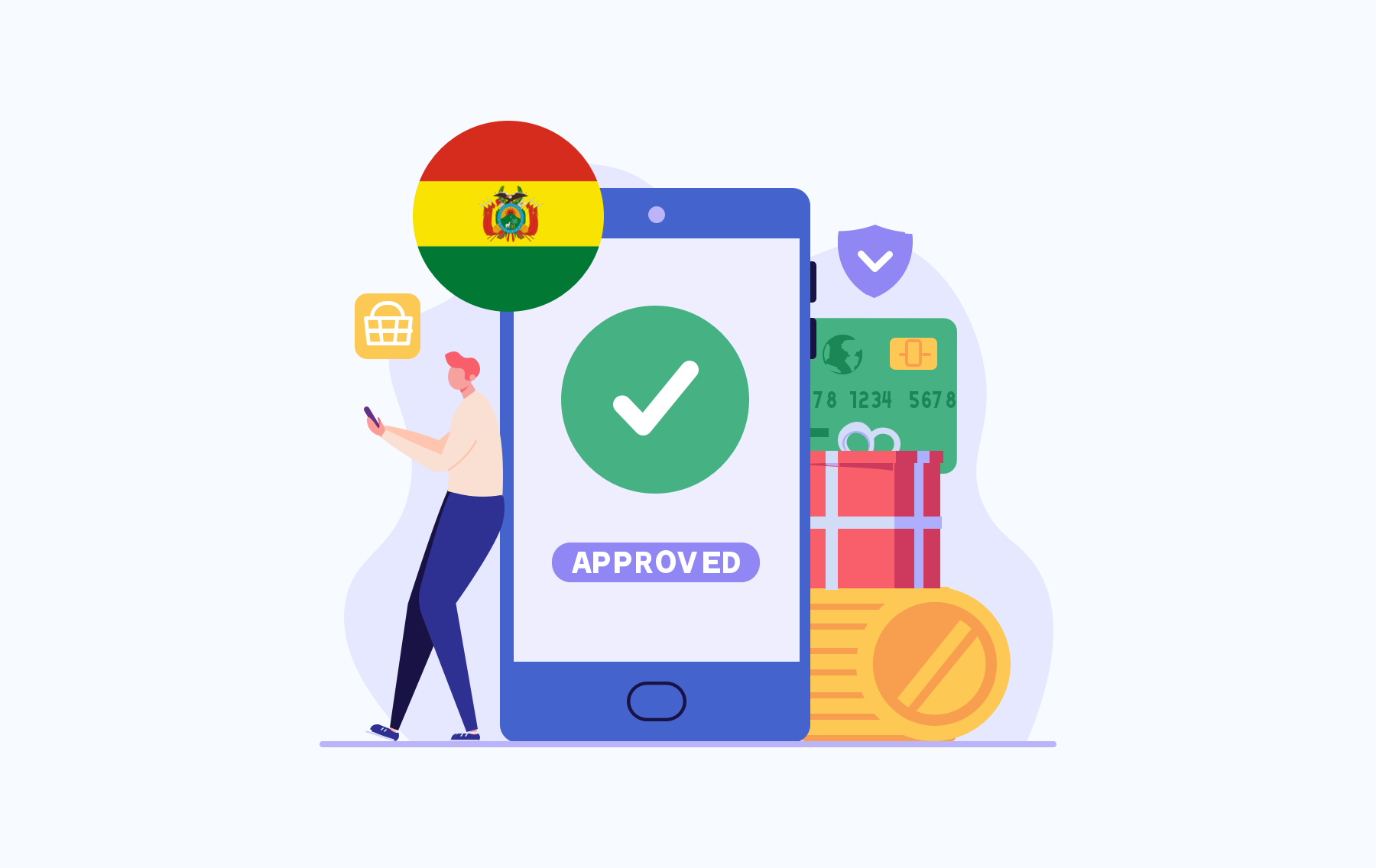One of the two landlocked countries in South America, Bolivia occupies quite some surface area placing them among the largest all over the world as well. Owing its name to El Libertador, Simon Bolivar, Bolivia has a history intertwined with Spanish colonization as well. Home to a multitude of cultures and languages, 11 million of Bolivians represent an incredible harmony of people and geography ranging from Andes to lowlands located within the Amazon basin. Such a variety of landscape definitely comes with its advantages as well as disadvantages too.
What Type of Economy Does Bolivia Have?
The descendants of Incan Empire survived a political turmoil which shook the country’s social and economic stability for years that followed when a coup d’état led by Hugo Banzer took control. Coupled with a historically single-commodity focus for economy, such turbulences placed Bolivia among the poorest of South America. The developing country has been an exporter of silver, tin, coca in majority that drove its economy through centuries. The mining industry is the stagecoach among the few pioneers there – to such an extent that when the price of tin saw a severe decline in the 1980s, the country’s economy took a huge blow.
Bolivia Economy Facts
Mining is currently marshalled by lithium – the highly in-demand element used for batteries worldwide. Bolivia comes the second in lithium deposits after Argentina globally however since those deposits are under the soils of indigenous people and the touristic attraction of salt flats, Salar de Uyuni, a full-fledged extraction has not been viable without a compromise with the locals and of nature, in another meaning, to be honest. This is not to say that the economy of Bolivia is a stumbling one though, especially under Chavez administration Bolivia’s GDP quadrupled while extreme poverty rate declined by 20% reaching 18%.
Payment Methods in Bolivia
In 2018, e-commerce revenue in the country was no less than 257 million USD with an expected annual growth rate of 6%. Internet penetration within the country is 65% while 99% of the population has access to a mobile phone. These figures make how to accept online payments in Bolivia an even more important topic of discussion since 154 startups have bloomed already.
What is the Most Popular Payment Method in Bolivia?
The Bolivia ewallet scene is supported by the biggest banks and telecommunication services of the industry mainly via mobile payments. It is easy to come by a mobile app to access and make purchases via your mobile plan in Bolivia. Just like various South American countries, main online payment options in Bolivia are PayPal, Visa, Mastercard, American Express and Western Union. Bolivian businesses can readily deploy credit card solutions to finalize purchases as Bolivia payment gateways from SaaS providers specialized in the complex habitat of Latin America exist for such purposes. Your payment methods in Bolivia are further populated thanks to other payment solutions providers that offer a plethora of options that best suit your business’ size and specific needs that are tailored for the industry it is involved in.
To conclude, Bolivia is full of opportunities with its vast array of cultures and geography and an increasing demand to accept payments in Bolivia as the younger generation is far more comfortable with e-commerce.



